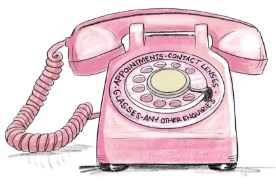
About the examination
At Mallon+Taub, we offer a thorough and detailed eye examination that typically lasts between 45 to 60 minutes. Our testing room is equipped with cutting-edge optical equipment enabling our optometrists to conduct a meticulous and accurate eye assessment. Our optometrist, during the examination, evaluates both your vision and the overall health of your eyes.
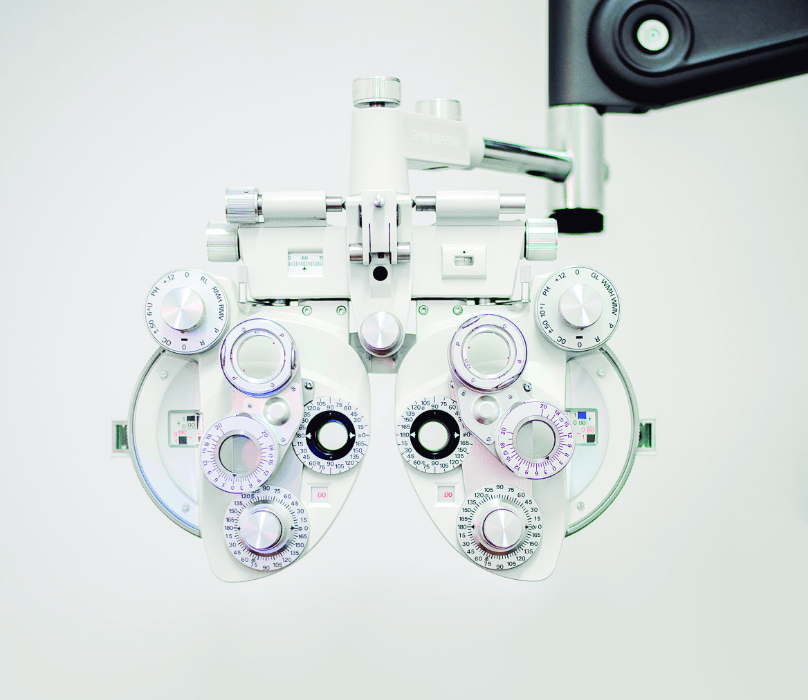
EYE EXAMINATION
WHAT TO EXPECT WHEN GOING FOR YOUR EYE EXAMINATION AT MALLON + TAUB
03
Prescription
After your eye examination, our friendly team will review your results and discuss the next steps. This is a collaborative experience. This is where the team gets together to explore the best possible solution for you – this is where the magic begins!
02
Eye examination
Kindly remember to bring your current spectacles and a list of any medications you are currently taking to your appointment. Our dedicated optometrist will not only address any concerns you may have about your vision but will also conduct a meticulous eye examination to ensure a thorough understanding of your eye care requirements, reflecting our commitment to your visual well-being.
01
Appointment
Give us a call and we can discuss the right type of eye test for you with our optometrists. Contact us on:
Mallon+Taub measures several important parameters with precision and care to provide you with the perfect vision.
HOW WE TAILOR YOUR GLASSES FOR YOU
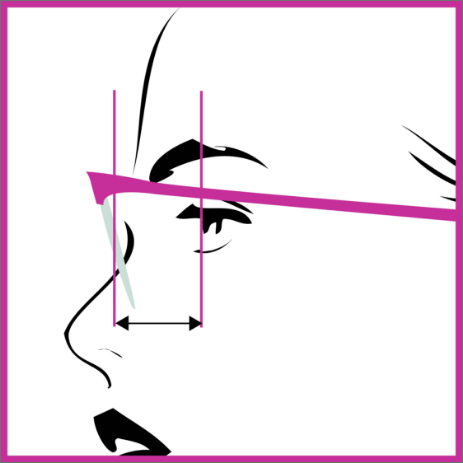
VERTEX
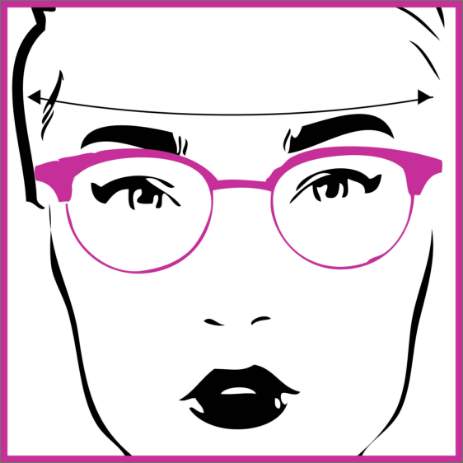
THE CURVATURE OF
THE FRAME

INCLINATION ANGLE
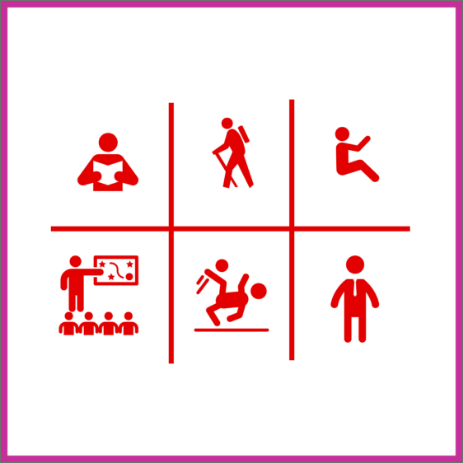
INTERESTS AND
LIFESTYLE
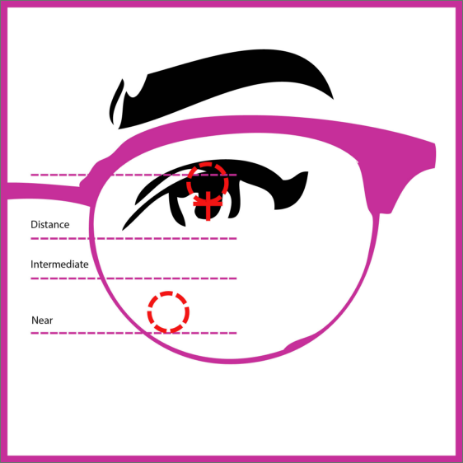
the pupil height for
the selected frame
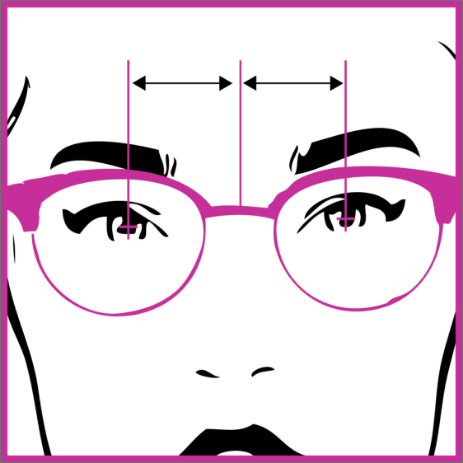
INDIVIDUAL PUPILLARY
DISTANCE
EYE EXAMINATION
Retinal Photography
Leveraging the advanced capabilities of the Optos California machine, retinal photography becomes an even more powerful non-invasive imaging technique. This state-of-the-art technology captures high-resolution photographs of the back of the eye, focusing on the retina. The Optos California system enhances this diagnostic tool, aiding in the early detection of various eye conditions, including diabetic retinopathy, macular degeneration, and glaucoma. By delivering detailed images of the retinal structure, the Optos California machine empowers eye care professionals to monitor changes over time with unprecedented precision. This capability facilitates timely intervention and the development of personalized treatment plans, ultimately contributing to optimal eye health.
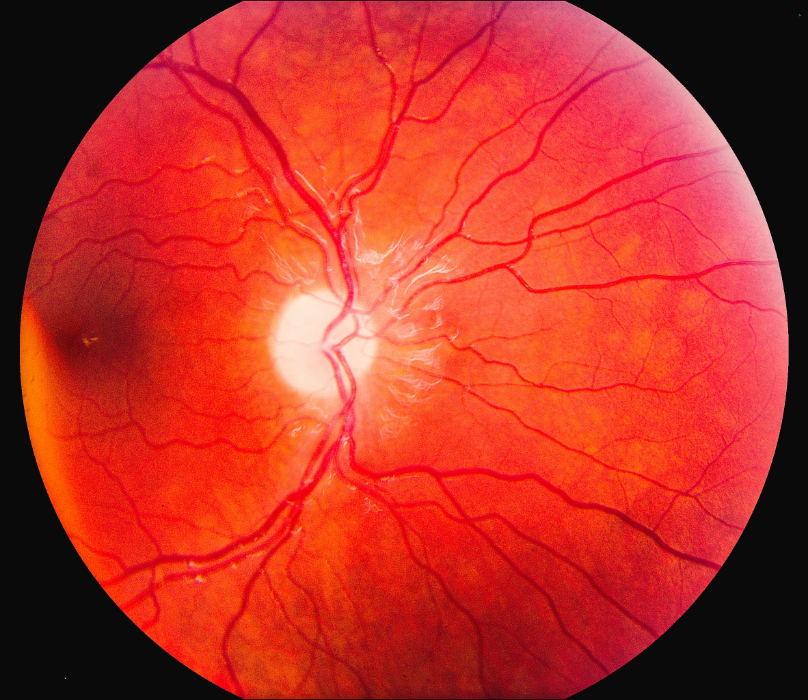
EYE EXAMINATION
Optical Coherence Tomography (Oct)
Optical Coherence Tomography (OCT) is a non-intrusive imaging technology that captures high-resolution, cross-sectional images of the retina. Comparable to ultrasound, it reveals layers beneath the retinal surface, facilitating early identification of conditions such as Glaucoma and Macular degeneration. The Optometrist leading the eye examination will discuss the potential recommendation of an OCT scan if deemed necessary.
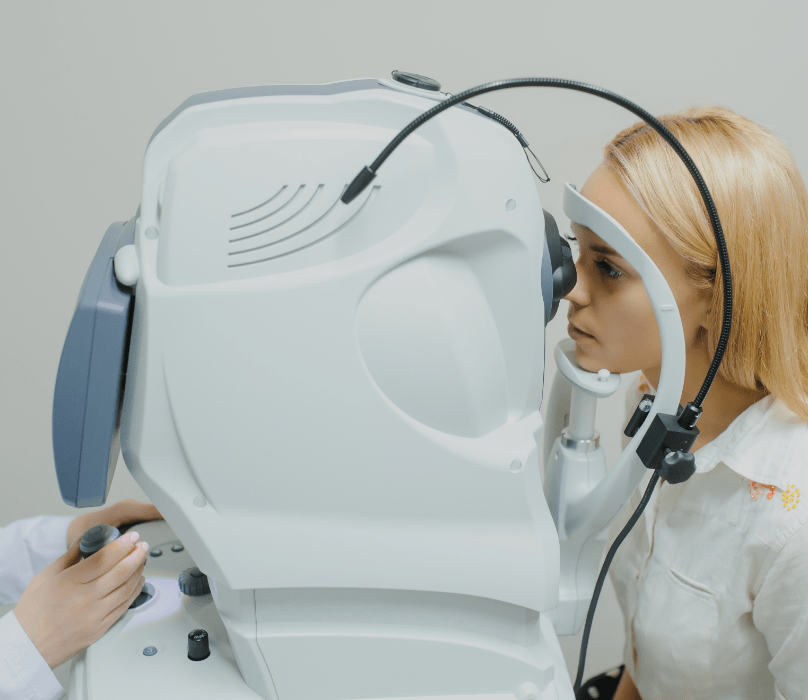
EYE EXAMINATION
Care and Attention
Following the eye examination, we’ll discuss the test results and ascertain if prescription spectacles are necessary. If needed, we’ll recommend the suitable type based on whether you are shortsighted, long-sighted, astigmatic, or presbyopic. Our guidance extends to selecting the optimal ophthalmic lenses and frames that align with your visual and aesthetic preferences. Throughout the eye examination, you can expect the utmost care and attention.
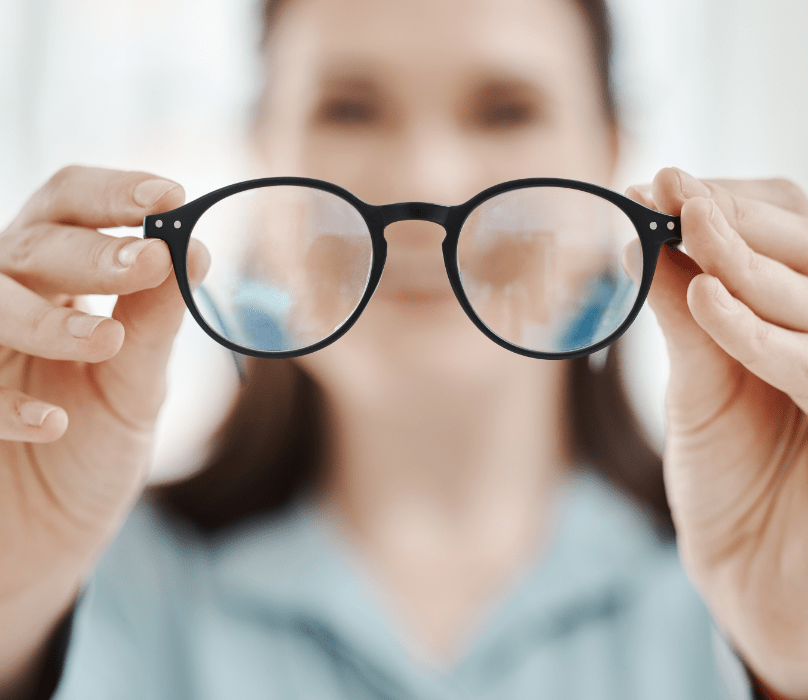
FREQUENTLY ASKED QUESTIONS
Myopia, also known as nearsightedness, is a common vision problem where individuals struggle to see objects clearly at a distance. In people with myopia, the eyeball is typically longer than normal, causing incoming light to focus in front of the retina instead of on it. This results in a blurred image for distant objects. The severity of myopia can vary. Fortunately, glasses or contact lenses with negative diopters, such as -3.00 D, can help correct vision by reducing the excessive refractive power and bringing the image sharply onto the retina.
Farsightedness, also known as hypermetropia, is a common eye condition where people have difficulty seeing nearby objects clearly. In individuals with farsightedness, the eyeball is typically shorter than normal, causing incoming light to focus behind the retina instead of directly on it. This results in a blurred image of nearby objects. Farsightedness can occur in varying degrees. Glasses or contact lenses with positive diopters, such as +2.00 D, can help correct vision by compensating for the refractive error and allowing the image to focus sharply on the retina.
Astigmatism is a common eye problem that affects the way the eye focuses light rays. Instead of a uniform curvature of the cornea, as in a normal eye, a person with astigmatism has an irregular curvature. This leads to distorted and blurred vision, both up close and at a distance. Astigmatism can also be associated with nearsightedness or farsightedness, further impacting vision. Fortunately, special glasses or contact lenses containing cylindrical correction can help to properly refract the light rays and make the image clearer.
Myopia Management for Children, involves specialized techniques and treatments aimed at slowing down the progression of nearsightedness in young individuals. It typically includes a combination of interventions such as specially designed eyeglasses or contact lenses, as well as lifestyle adjustments and regular eye exams. By addressing myopia early on, we aim to reduce the risk of associated eye health complications later in life. Our team at Mallon + Taub is dedicated to providing comprehensive myopia management solutions tailored to each child’s unique needs, ensuring optimal visual health and clarity for years to come.
Presbyopia is a common age-related eye condition that occurs as people get older. It is known as “aging farsightedness.” In presbyopia, the eye lens gradually loses its flexibility, making it more challenging to focus on nearby objects. This can lead to difficulties in reading small print, working on a computer, or performing other tasks that require precise close-up vision. People with presbyopia often find that they need to hold their reading material farther away to see it clearly.
Presbyopia affects almost everyone as they age, typically around the age of 40 and older. Fortunately, there are various options to correct presbyopia. Reading glasses are a common solution, but there are also multifocal glasses and contact lenses available. These options allow people to see clearly both up close and at a distance without needing to switch glasses.
Cataract are a common age-related eye condition characterized by the clouding of the eye’s natural lens, leading to blurred or hazy vision. As individuals age, proteins in the lens may clump together, causing opacity and impeding the passage of light to the retina. This results in a gradual loss of vision clarity. Cataracts often develop slowly and can be associated with aging, but they can also be caused by injury, medications, or underlying health conditions. Surgical removal of the cloudy lens and replacement with an artificial lens is a common and effective treatment for cataracts.
Glaucoma is a progressive eye disease characterized by increased intraocular pressure, damaging the optic nerve and leading to gradual vision loss. It often develops without noticeable symptoms in its early stages, earning it the nickname “the silent thief of sight.” Risk factors include age, genetics, and certain medical conditions. If left untreated, glaucoma can result in permanent blindness. Treatment options include prescription eye drops, laser therapy, or surgery to alleviate intraocular pressure and slow the progression of the disease, emphasizing the importance of regular eye exams for early detection and management.
Diabetes, a prevalent medical condition impacting over 2.3 million individuals in the UK, can lead to damage in the fragile blood vessels supplying the retina if not well-managed. Early detection allows for monitoring and treatment by an eye specialist, minimizing potential harm to the retina and preserving vision. Regular eye examinations are crucial for identifying initial diabetic eye changes. At Mallon+Taub, our Optomap Retinal Imaging System aids in recognizing early diabetes indicators. If required, our optometrist will facilitate a referral to your GP or an eye specialist for comprehensive examination and appropriate treatment.
Age-related Macular Degeneration (AMD) is a progressive eye disorder primarily affecting older individuals, causing damage to the macula—a central part of the retina responsible for sharp, central vision. AMD can result in a loss of central vision, impacting activities like reading and recognizing faces. There are two main types: “dry” AMD, characterized by the gradual breakdown of macular cells, and “wet” AMD, involving abnormal blood vessel growth beneath the macula. While there is no cure, certain treatments can slow its progression. Regular eye exams are vital for early detection and management of AMD to preserve visual function.
Blepharitis is an inflammatory condition affecting the eyelids, typically caused by bacterial overgrowth, leading to redness, irritation, and crusty debris around the eyelashes. It can contribute to dry eye syndrome, a condition where the eyes lack sufficient lubrication, causing discomfort, itching, and a gritty sensation. Dry eye occurs when tear production is insufficient or when tears evaporate too quickly. Both blepharitis and dry eye can result in blurred vision and light sensitivity.
Dry eye is typically managed using a specific category of eye drops called “artificial tears,” which mimic natural tears, providing enhanced comfort to the eyes. These eye drops are drug-free and can be applied regularly and for extended periods as required. Mallon+Taub offers a range of eye drops and eyelid hygiene wipes tailored for addressing both blepharitis and dry eye conditions.
Why choose us
Ongoing commitment to aftercare
Contact lenses to suit all needs and prescriptions
Highly qualified and experienced optometrists
Thorough eye examination including extensive health checking
Luxury eyewear Collections


